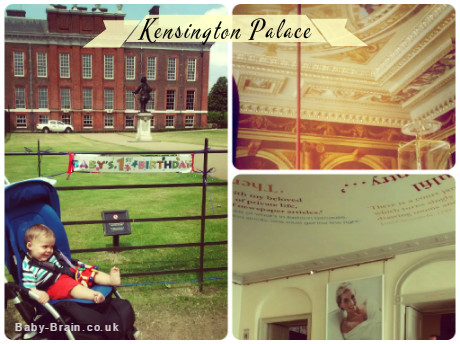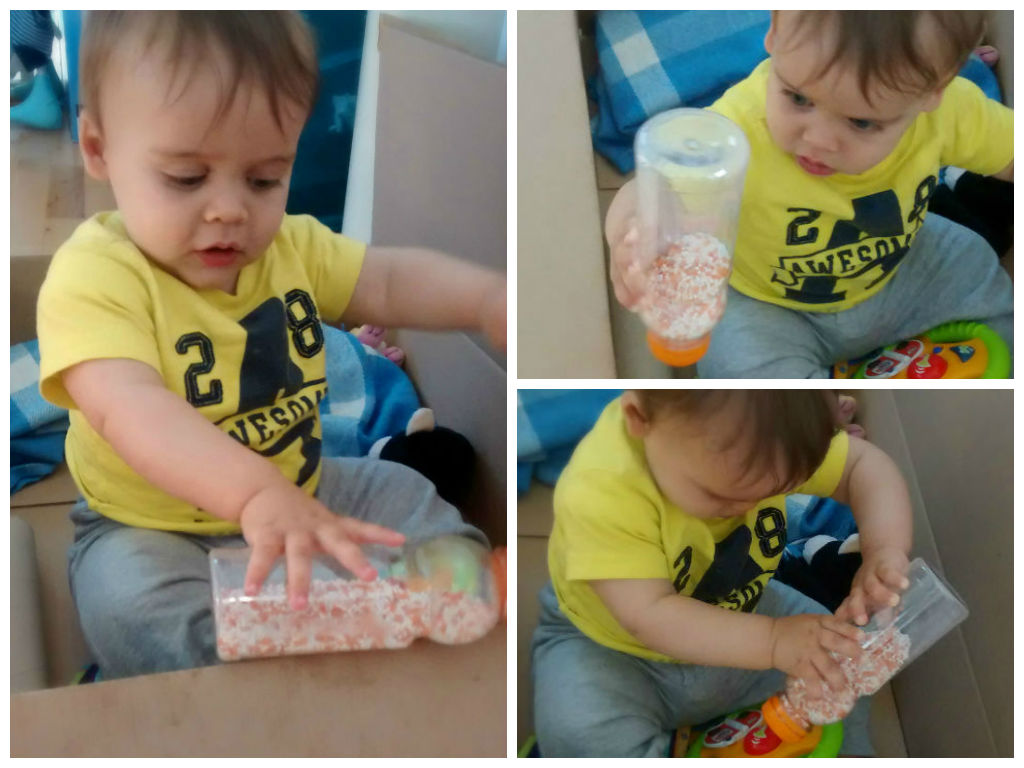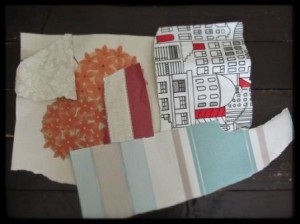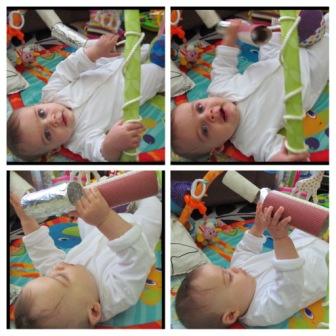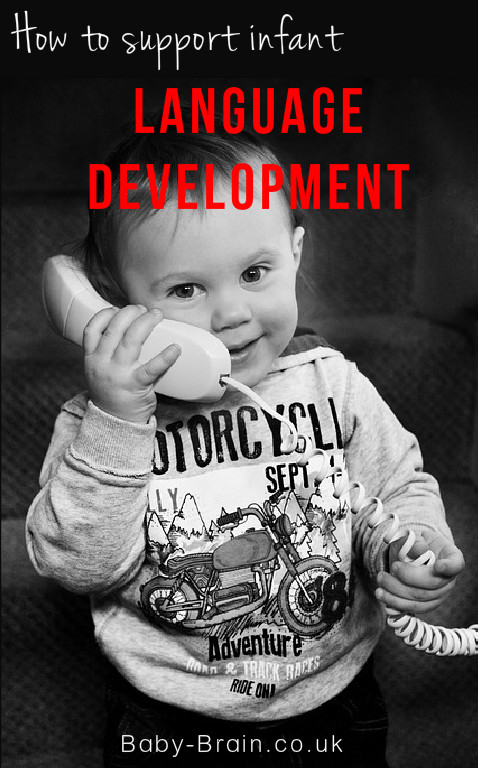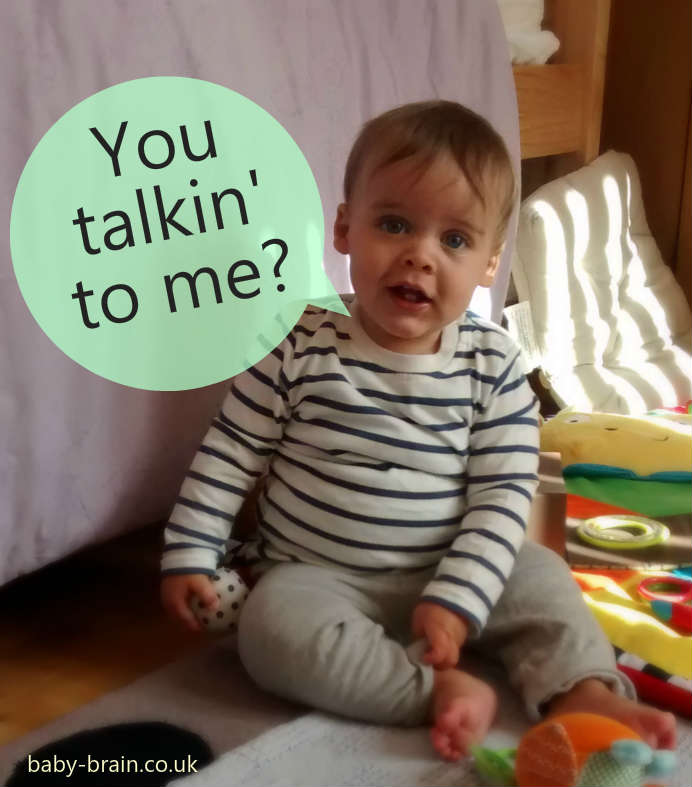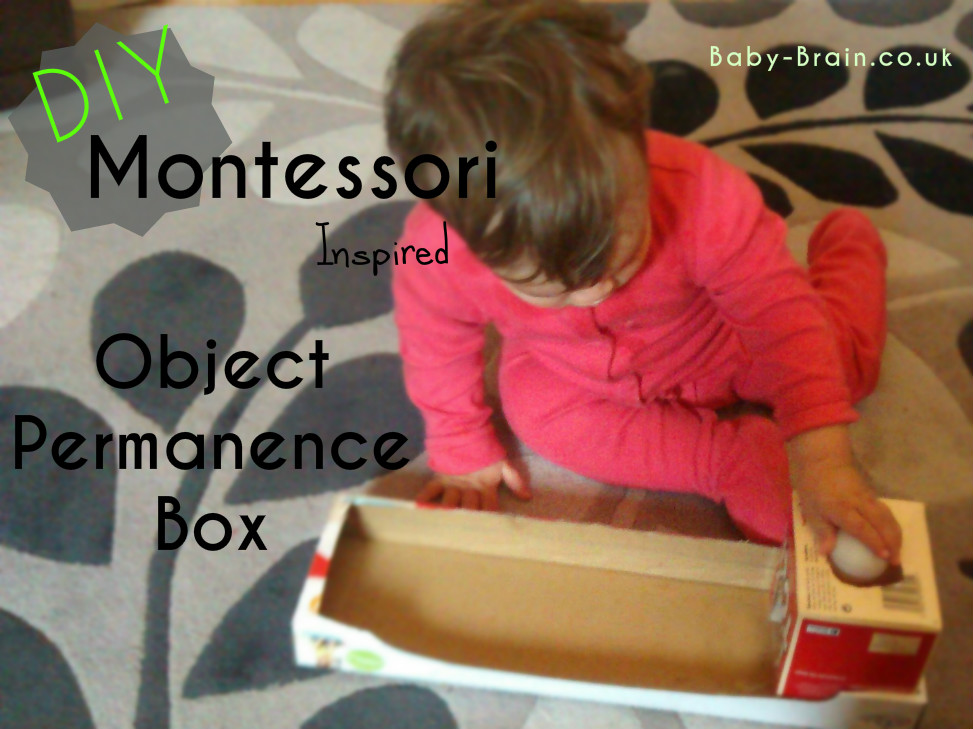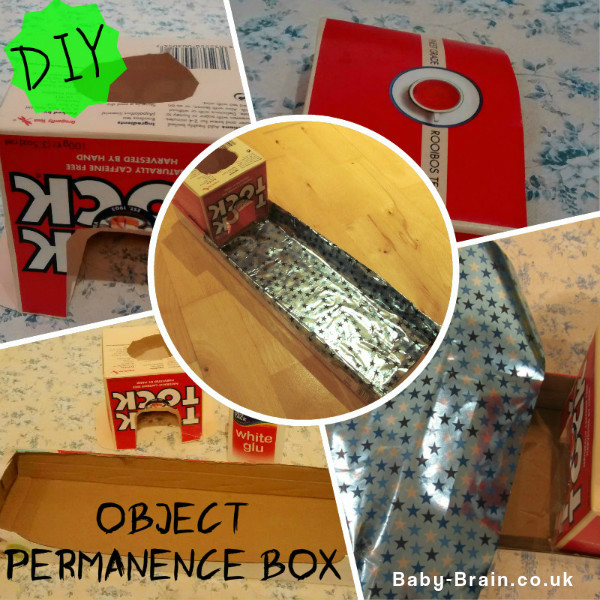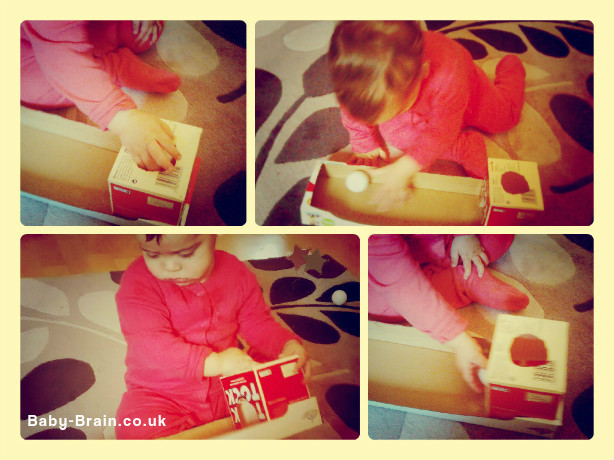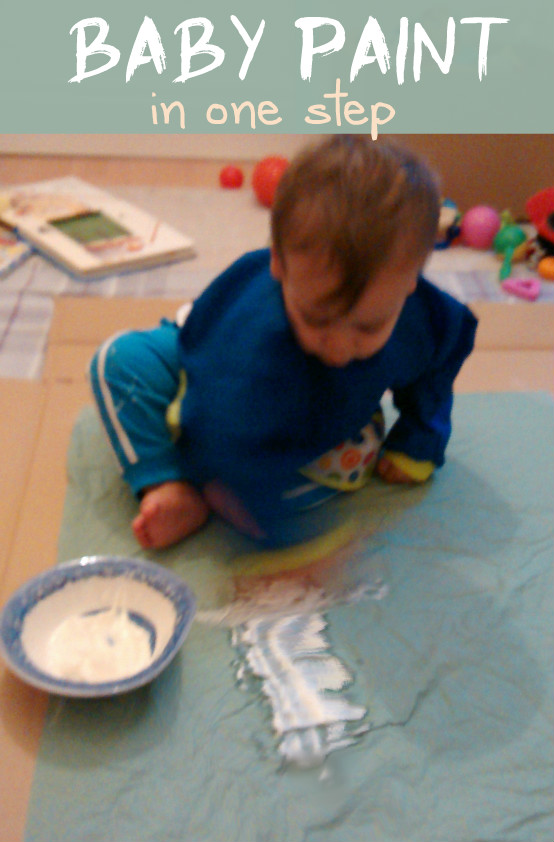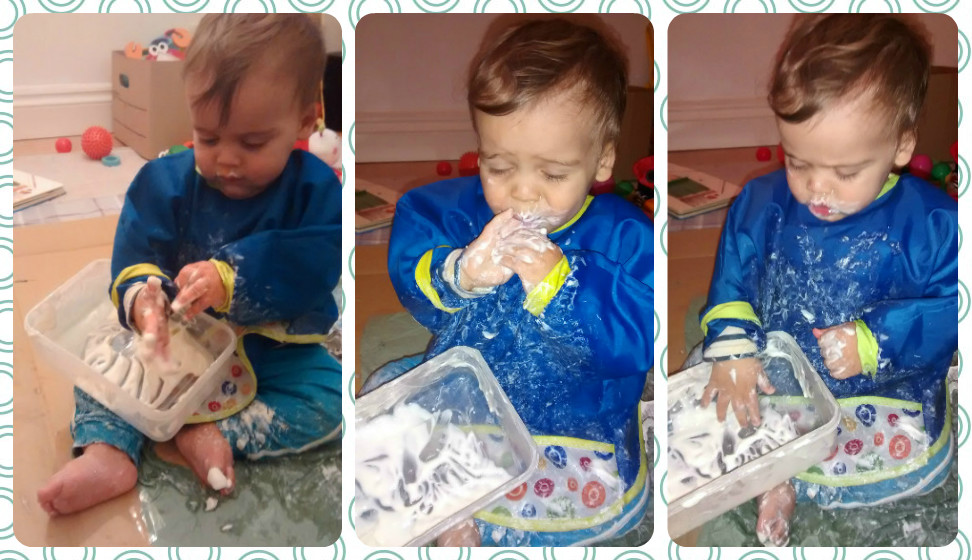Archives
I’m a Tourist Baby – Baby Friendly London & Kensington Palace
Baby Friendly London, and tourist adventures! This is also relevant to the wellbeing and mental health page where I discuss various activity ideas for fun times but also to reduce cabin fever and increase mood. Be a tourist in your own town, or actually go somewhere and be a tourist, with or without baby.
Anyway – here’s some things the Little Lovely got up as a Tourist, Baby.
Kensington Palace, London, England, UK – Website here
Age when visited: 7 months, 1 week
-
Nearest stations: How to find Kensington Palace information here. It’s a bit of a walk from the tube stations but those around the palace are: High Street Kensington, Queensway or Notting Hill Gate. These stations are NOT step free, so might be difficult with a buggy. Nearest National Rail station: London Paddington (further away than the tubes, though).
-
Nearby attractions: Hyde park and The Serpentine Gallery are “behind” Kensington Palace Gardens. You’re also not that far from the museums (15-20 minute walk): The Science Museum, Natural History Museum, Victoria and Albert Museum (art & design) and The Royal Albert Hall (not a museum; concerts). Really, in tourist town, and beware these venues get crowded especially at peak times.
What is there to do?
Well, in honour of Price George of Cambridge’s first birthday (2014) we went to the Palace (Kate and Wills have an apartment here)! Well actually, it wasn’t in honour of his birthday, we were just going anyway but when we got there we saw some birthday banners and balloons up for him, as you can see in the pictures above of the Little Lovely outside the Palace gates.
-
Princess Diana’s Dresses: Look back at fashion as worn by HM The Queen, Princess Margaret and Diana, Princess of Wales.
-
Queen Victoria: Learn about her life and see what kind of toys they had in the nursery! We played with some of them (not the originals, I assume – see picture). I got told off for sitting on the carpet with no shoes on, though. So keep your shoes on. I’ll assume the baby was fine to go shoeless.
-
Other: Explore the gardens and Orangery – Works of art – the Queen’s State Apartments and King’s State Apartments. There is also a shop.
The pictures below are of the main entrance room, with LL posing under a picture of Princess Diana, then in the royal nursery playing with some toys, in another room in the palace, and then spark out and tired at the end of a busy day as a tourist, baby.
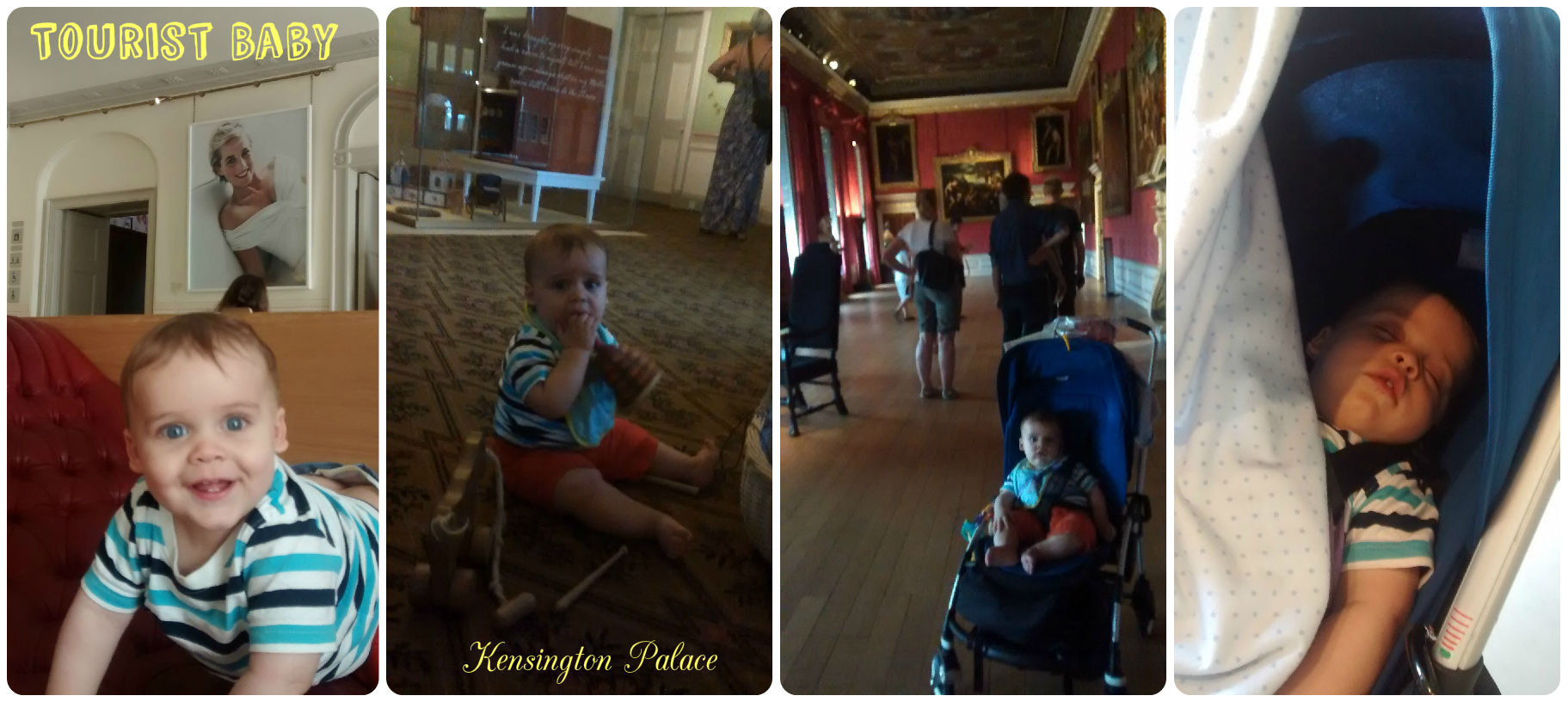 Eating:
Eating:
There is a cafe in the Orangery and Palace. I went to the Palace cafe and there are highchairs and kid’s meals available, such as children’s sandwich bags. If you want to bring your own food or do a picnic in the park the nearest shops are a bit of a walk away, and the cafe has tourist cafe prices, so stop off at the shops on the way if you prefer this cheaper option!
Baby and Toddler facilities:
There are changing facilities available. I don’t think there were any specific feeding or breastfeeding areas but a friend and I fed in the entrance area on some comfy seats and no one cared.
Accessibility for prams and those less able to use stairs:
There are lifts to most areas. Staff were very helpful and led me through a step-free route to view the fashion and Princess Diana’s dresses with my pram. I don’t know if this was a temporary arrangement or if this route is usually accessible without staff assistance. But either way, the staff were helpful and you could always ask if unsure. The website also writes that:
There is level access from Kensington Gardens to the palace, a lift to all floors and wheelchairs and portable seating to borrow during your visit. We also offer Describer Tours for blind and partially sighted visitors as well as facilitating British Sign Language tours.
In all, a reasonably baby friendly day out, and there’s the gardens/park to explore as well!
Simple Bottle Shaker Sensory Activity for Babies & Toddlers
Simple Bottle Shaker!
We made this simple sensory DIY toy when my Little Lovely was about 8.5 months old, inspired by the home-made sensory bottles I often came across at baby classes:
This was a quick, simple and cheap way to provide baby with something novel and stimulating!
-
Wash and dry a used drink bottle
-
Fill with something that will make a noise when shaken – we used tapioca and dried lentils
-
I fitted the lid back on tightly. You can’t see that well from the picture but the lid is quite big and so hopefully is not a swallowing risk.
age: LL was about 8.5 months when we did this but we have also used a bottle shaker when he was a bit younger and i’m sure it will amuse him in the future.
Here’s the Little Lovely enjoying his new toy. He enjoyed shaking and bashing it about, and was quite curious about it, as he usually is with new things!
A few safety issues: This activity was supervised. The lid is fitted on very tightly so LL will not be able to get it off, chew on it, spill or eat the contents of the bottle, please be careful and decide what, if any, fillings and bottles will be appropriate and safe for your child. Always supervise baby with any activities posted on this blog.
Tactile and Visual Entertainment Tubes – Crafty DIY Infant Entertainment
Tactile and Visual Entertainment Tubes – for babies and infants

- What was the idea originally supposed to be? – A baby play station (click on link for what the activity was originally meant to look like). I changed the idea slightly
- Where did I get the idea/activity from? – This website called Kids Activities Blog
- Why did I make it? – I thought it would be a fun, creative thing to, and something that would entertain the Little Lovely and also allow tactile and visual stimulation
The original activity is to make a baby play station using toilet paper rolls, wrapping different fabric/materials around each roll, attaching rolls to a curtain rod and then watching them roll as baby plays/spins them around. I decided to attach them to some string and attach the string to the play gym for the Little Lovely to play with.
Here’s the steps I took to make it:
Step 1: I found some materials to use that were visually stimulating and/or tactile . I used old wallpaper scraps that were bumpy and had a nice texture, and some shiny material.

Step 2: I carefully cut to size and glued the paper/material scraps onto toilet paper rolls, folding any excess fabric or paper into the inside of the roll.
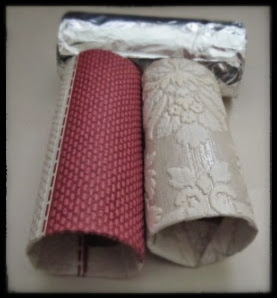 Step 3: Leave to dry
Step 3: Leave to dry
Step 4: I threaded the tactile and sensory rolls onto thick string but you could attach to a rod as in the original idea, or something safe for your infant to play with. I then attached mine to hang between two poles of the play gym.
….and voilà! Here are some pictures of LL enjoying his new toy
Safety first:
- be careful of choking hazards when choosing materials and don’t chose things to wrap around the rolls that have little parts that could fall off or be pulled off easily. I supervised play to ensure safety and the rolls were tied up so that LL could not get them down or his mouth around them easily
- I am wary of using string with babies because of any risks they could get caught up it in. Therefore, always attach safely so that there is no string or materials free for infant to injure self on and only allow play in your presence and under adult supervision. Take the string down after use and put away safely. Do not copy random pages/blogs on the internet. I bought some child-friendly white craft glue for this activity, however all of the glue remains under the paper/material and so does not directly touch little hands or mouths.
Baby’s first words and speech development
What was your child’s first word? What words are “normal”?
This article discusses: first words – speech development at 6-12 months and 0-6 months, tips to support and encourage development at 12 months, the importance of talking to and around infants
Just came across this list of first words with examples from a number of children, and the story behind them. Here are a few:
-
Oscar – Oscar is the cat next door. When Oscar comes in to the house, he always says ‘hello’ to the baby
-
Pop – When a balloon she was holding burst she copied the word pop
-
Book – As her parents used to look through books with her and repeatedly tell her what they were
-
Duck
-
Quack quack– baby started saying quack quack when her parents played with her rubber duck in the bath. Now she gets very excited whenever she sees ducks or chicks in books
-
Hat – As she loved putting on hats
-
Bear – As mum’s old bear was always on her bed
-
Fish – He loved watching fish in his friend’s aquarium
-
Samich (sandwich)- His mother was standing at the kitchen counter right beside him when baby reached up and said “samich”
So looks like first words can really vary. I think that the Little Lovely might have said “dada” first, but also he was saying a few other things like “kiss”, and “fish” because we went to an aquarium and I kept saying look at the fish, the fish, a lot. By the end of it, he was saying fish. Quack was also an early favourite.
Monitoring and encouraging first words
Baby’s First Word – an initiative from the National Literacy Trust (see the Words for Life website) – you can download a pack from here that has a series of templates to monitor first words and more information. The pack includes:
Everything you need to get involved in Baby’s First Word, including a step-by-step guide, poster and hand-out for parents.
How does speech develop?
Talking Point, a site that gives some good information and resources on children’s communication writes that children develop skills at their own pace but some general things that you might see between 6 months and 1 year are that children will:
- Listen carefully, and turn to someone talking on the other side of the room.
- Look at you when you speak and when their name is called.
- Babble strings of sounds, like ‘no-no’ and ‘go-go’.
- Make noises, point and look at you to get your attention.
- Smile at people who are smiling at them.
- Start to understand words like ‘bye-bye’ and ‘up’ especially when a gesture is used at the same time.
- Recognise the names of familiar objects, things like ‘car’ and ‘daddy’.
- Enjoy action songs and rhymes and get excited when sung to.
- Take turns in conversations, babbling back to an adult.
How to encourage and support your child 12 months:
encourage your child at this stage:
- Make different sounds to interest your child. This can be the sound of your voice or things like a rattle or squeaky toy.
- Pointing to sounds will help develop your child’s listening skills. This will also help their awareness of the world around them.
- Encourage your child to look at you during activities. This could be dressing, feeding or nappy changing. This will help your child’s attention and communication skills.
- Talk about everyday activities, like getting dressed, eating and bathing.
- Copy your baby when they are babbling. This is a very good way to show how to take turns in communication. This will encourage them to make even more sounds.
- Use actions with words. Try waving as you say ‘bye-bye’ or picking up their cup as you say ‘drink’. This will help your child to relate what they see and do with language.
- Sing action songs and play games like ‘peek-a-boo’ to encourage communication and attention skills.
- Have some special time with your child each day to play with toys and picture books.
Talking about everyday activities with babies is important.
Research (1) has also shown that while reading to baby and showing them pictures did contribute to cognitive development in terms of increasing scores on problem-solving and communication scales of a test, more substantial effects were found for:
the more informal activity of frequently talking to the infant while doing other things; and this was observed for both communication and problem-solving.
Reading was shown to increase both problem-solving and communication, showing pictures only had a positive effect on communication scores, but talking had a more substantial effect than both reading and picture showing.
But will baby understand when I talk to them?
Babies at 6 months have been shown to understand that concept of speech (2) – i.e. that speech is used to communicate information (rather than random, interesting sounds that come out of our mouths). They also prefer speech over other sounds (3)
Younger babies
How children develop speech and language between 0 and 6 months (quote from talking point)
by 6 months, usually children will:
- Turn towards a sound when they hear it.
- Be startled by loud noises.
- Watch your face when you talk to them.
- Recognise your voice.
- Smile and laugh when other people smile and laugh.
- Make sounds to themselves, like cooing, gurgling and babbling.
- Make noises, like coos or squeals, to get your attention.
- Have different cries for different needs. For example one cry for hunger, another when they are tired.
How to support the child at this stage:
-
Mirror/copy the sounds baby makes – it’s the start of a conversation and will encourage more sound making
-
Ensure baby can see your face clearly when you talk to them. Newborn visual range is not that great and vision is developing the first months, so maybe move a little closer to talk to them. Eye contact is important for language development.
-
As with 12 month olds, talking to baby about what you are doing is important as they will hear and start to learn words.
-
I didn’t even know my Little Lovely was paying attention until one day he copied a word that I had been saying, or I was talking about brushing my hair and then he made a motion on his own head like he was brushing his hair. He was listening to me, all along but with no verbal feedback from him before that point, I didn’t realise just how much he was taking in.
-
-
Talking point suggests using a “sing-song” voice with baby to keep them interested in what you are saying. An article on music and child development that baby-brain wrote recently also highlighted the usefulness of singing with baby:
-
Singing is important for vocabulary development: “Singing songs teaches children about how language is constructed. When you sing, words and phrases are slowed down and can be better understood by your baby. Singing regularly will help your baby to build up a vocabulary of sounds and words long before they can understand the meaning”, according to this article from the BBC.
-
Some links to other resources
Talking Point website
Talk to you baby – from the Words for Life website
More tips here, from the NHS on “helping your child’s speech”.
A video from the NHS on “how can I help my child to start talking? (12 to 30 months)”
References:
- Murrary, A., & Egan, S. (2014). Does Reading to Infants Benefit their Cognitive Development at 9-months-old? An Investigation using a Large Birth Cohort Survey. Child Language Teaching and Therapy, Vol. 30, No. 3, October 2014, pp.303-315
- Vouloumanos, A., Martin, A., & Onishi, K. H. (2014). Do 6-month-olds understand that speech can communicate? Developmental Science, pp 1–8
- Vouloumanos, A., & Werker, J.F. (2004). Tuned to the signal:the privileged status of speech for young infants. Develop-mental Science. 7 (3), 270-276
DIY Montessori Inspired Object Permanence Box for baby & infants
Do-it-yourself Object Permanence Box for infants: Inspired by Montessori materials.
-
This is practically free to make. You just need some cardboard, glue or tape, and a ball
Inspired by Montessori materials and activities, I’d always wanted an object permanence box but didn’t really want to spend £40 or so on the wooden box. So – I decided to try and make one out of cardboard and old boxes and it seemed to work. My Little Lovely (LL) really enjoys using it, putting the ball and other items in the top, exploring the box and seeing what happens if he puts the ball in the other hole.
Aims of the object permanence box: The infant has to drop a ball into the hole in the top of the box. The ball is then not visible for a moment but rolls out of the box onto the tray. The child therefore experiences a lesson in “object permanence” because they see that the ball didn’t just disappear out of existence – even though they couldn’t see it for a second, it still exists
Other learning benefits of the box: encourages curiosity, cause and effect, hand movements and fine motor skills (dropping the ball into the hole, etc), achieving a goal independently with repeated practice.
When to use the box: From when babies are old enough to sit up without support.
Here’s a short video of what the real deal looks like, as used by a 9 month old, and another of a child at nearly 1 year
Psychology & Object Permanence: Object Permanence is an awareness that children develop where “out of sight” does not mean “out of mind”. Initially, when something is removed from view of the baby then from their understanding it ceases to exist – they can’t see it, so it doesn’t exist. Understanding that something exists even when you can’t see it is an important developmental stage, according to the Stages of Cognitive Development as posed by Jean Piaget, an eminent and Swiss psychologist. It is posed as a stage in development because it requires the child to form a “schema”, or mental representation of the object. Infants develop this skill by the end of the “sensorimotor stage”. It was thought to develop around 8-12 months, although there is research to suggest it can develop earlier, and the psychological research does not seem to agree on exact age.
How to make the box:
1: I found a long cardboard box and cut some of the sides down so that I had a long, not too deep tray for the ball to run into and be contained.
2: An old tea box looked good for the little box to house the ball. I cut a hole in the top and on the front for the ball to run out of.
3: The ball needed a bit of help rolling out of the tea box and onto the cardboard tray so I made a little ramp (otherwise the ball just sat in the box after being dropped in and didn’t roll out). This was actually part of the lid from the tea box and was already slanted so I didn’t need to do much to it.
I then slotted the ramp into the tea box and glued the tea box onto the long box. You might be able to see in picture 2, there are some little flaps on the bottom of the box on each side. This was quite helpful and I put the glue on these flaps then pressed it down onto the long cardboard tray.
4: I realised that the box was looking a bit DIY so for some reason I decided to make it look more hideous by adding some wrapping paper.
5: et voilà – here is the finished box (not particularly Montessori style with the wrapping paper)
-
If you would like to make your box look more hideous with wrapping paper like I did, I would not recommend anything too busy like the one I used. Maybe just some plain, nice calming colours?
-
If I made it again I would also probably find a slightly bigger box for the ball to drop into. The tea box was ok but the ball rolled out of it pretty quickly, so maybe something a bit bigger might have held the ball out of sight for slightly longer. The tray is also slightly long, but I was using materials just hanging around the house that were waiting to go for recycling so I had to make do with what was available.
How to use the box with baby:
I quote from a Montessori site:
Presentation of the Montessori Object Permanence Box
1. Put the work mat in place and put the object permanence box on the work mat so it will be in front of the child. Encourage the child to help.
2. Sit facing the child with the work mat between you.
3. Name the box and the ball: “This is the box. This is the ball.”
4. Slowly and deliberately place the ball in the hole.
5. When the ball rolls to a stop in the tray, smile and pick it up.
6. Repeat the action.
7. Invite the child to place the ball in the hole.
8. Once the child begins putting the ball in the hole, quietly move aside and allow her to work undisturbed.
9. When finished, invite the child to put the materials away on a low shelf so she may work with them again when she wishes.
And here we are experiencing the box:
(age 12 months)
Apologies to Montessori enthusiasts – I know that you value natural materials like wood, but i’m not a carpenter and couldn’t make a box out of wood. I also know that adding wrapping paper doesn’t make it look too natural. But, hopefully I’ve captured the essence of the box, the principles and learning benefits for the child, and made an accessible and cheap alternative that can be put together easily at home.
Baby painting sensory activity, with one ingredient and step
The other month we had some fun with a “painting” sensory activity. We were sitting there one afternoon and I realised that we had some old cardboard, large pieces of packing paper and some yoghurt in the fridge. So we made it into a fun game.
I’m calling it “paint” because we used the yoghurt like paint. It’s also safe and edible for baby (although, of course check ingredients and make your own decision as to whether the product is safe for your child). To replicate this you can use:
-

How we set up our yoghurt painting experience
Yoghurt as the “paint”. If you want to make colours I suppose you could add natural colouring by mixing in crushed up fruits (e.g. raspberries, blueberries), or food colouring if you don’t mind baby tasting it.
-
A large piece of cardboard or something to protect the floor like a plastic sheet or old sheet. It also makes it easy to clean up because you can just wipe it off after
-
Paper to “paint” on. We used old packaging paper
-
The Little Lovely really enjoyed this. It was something novel for him. He liked smearing the yoghurt and feeling the sensation of it. He tried a little taste as well but looked like it was a bit sour for him! (natural yoghurt). Afterwards he was quite messy, but fortunately the overall had taken some of the yoghurt. Here’s some more pictures of what we did:
Yoghurt is presented to LL. He gets stuck in and has a feel. I needed to put a bit of paint on the paper and swish it about a bit to start him off and model what to do. Then, he was able to start “painting” by himself.
What does the paint feel like? LL decided it was quite fun (middle picture), and continued to swish it about the paper. This became more of a sensory/fun/swishing game rather than a fine art project!
We ran out of yoghurt so I got another load in a plastic container this time. LL wanted to taste it. Looks like it was a bit sour. He got progressively messier!
Safety first: be mindful of any allergies (e.g. to fruits, colours, yoghurts, cow’s milk, etc, and be mindful of baby’s age and if they can have cow’s milk should they decide to taste the yoghurt).


